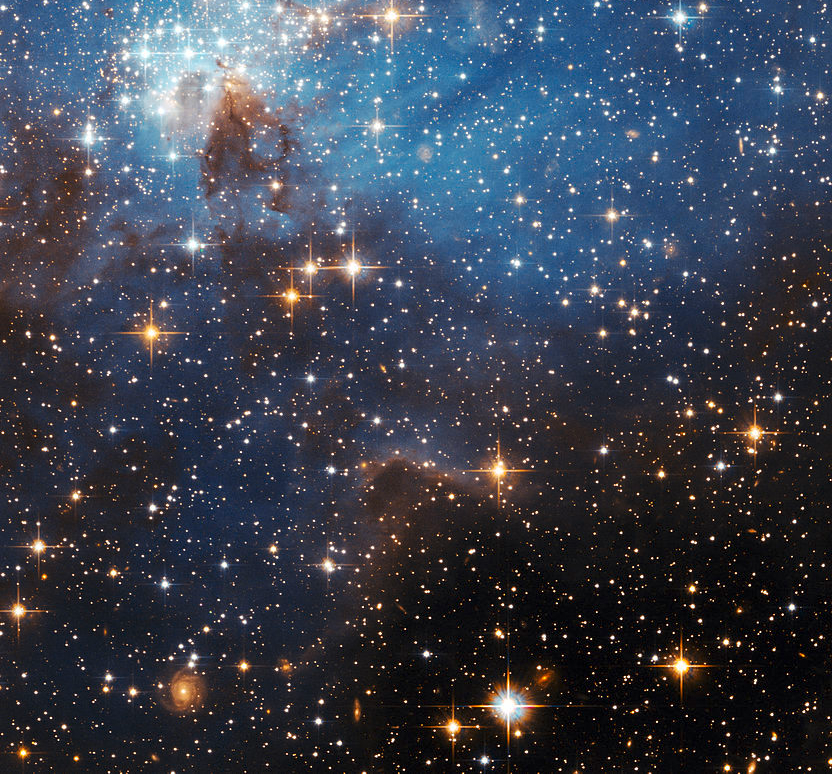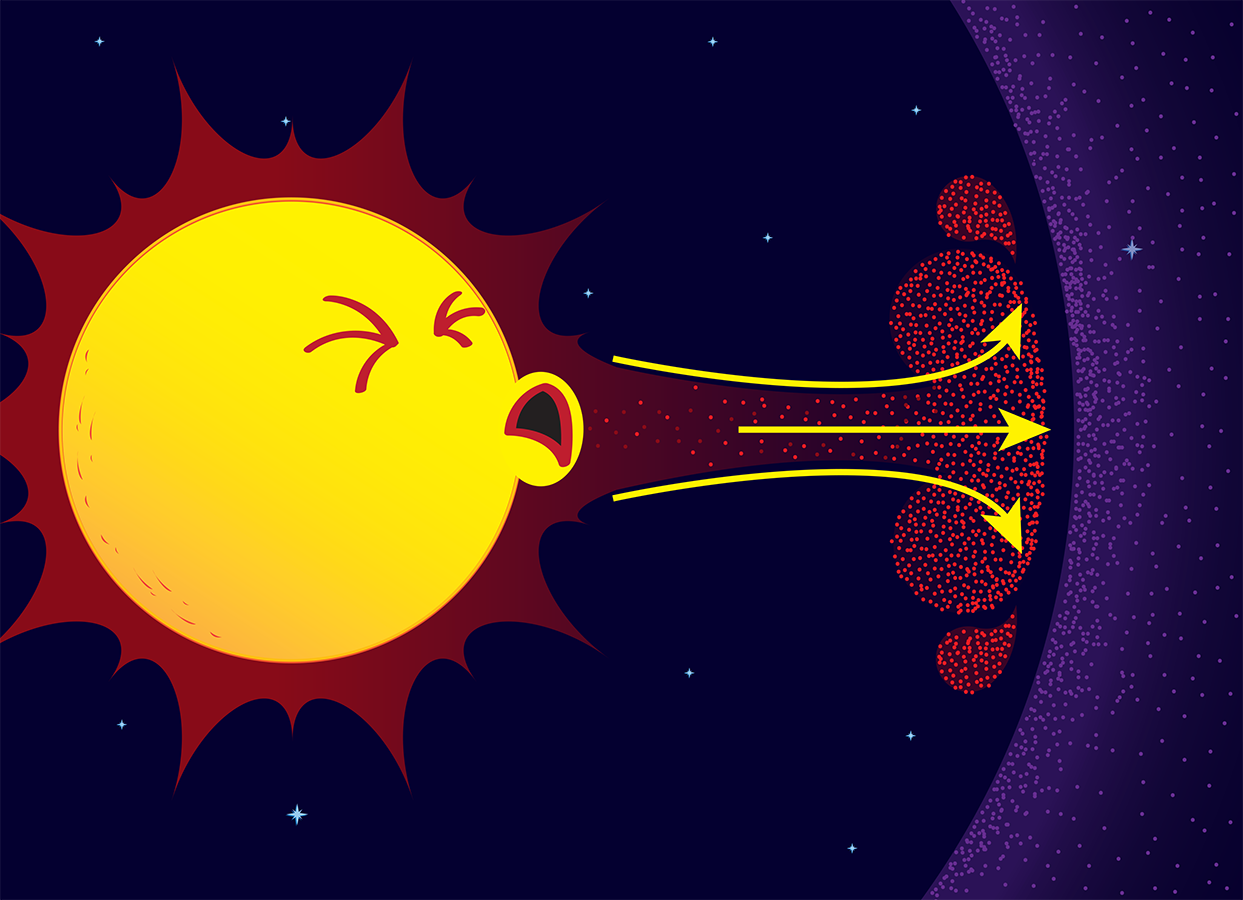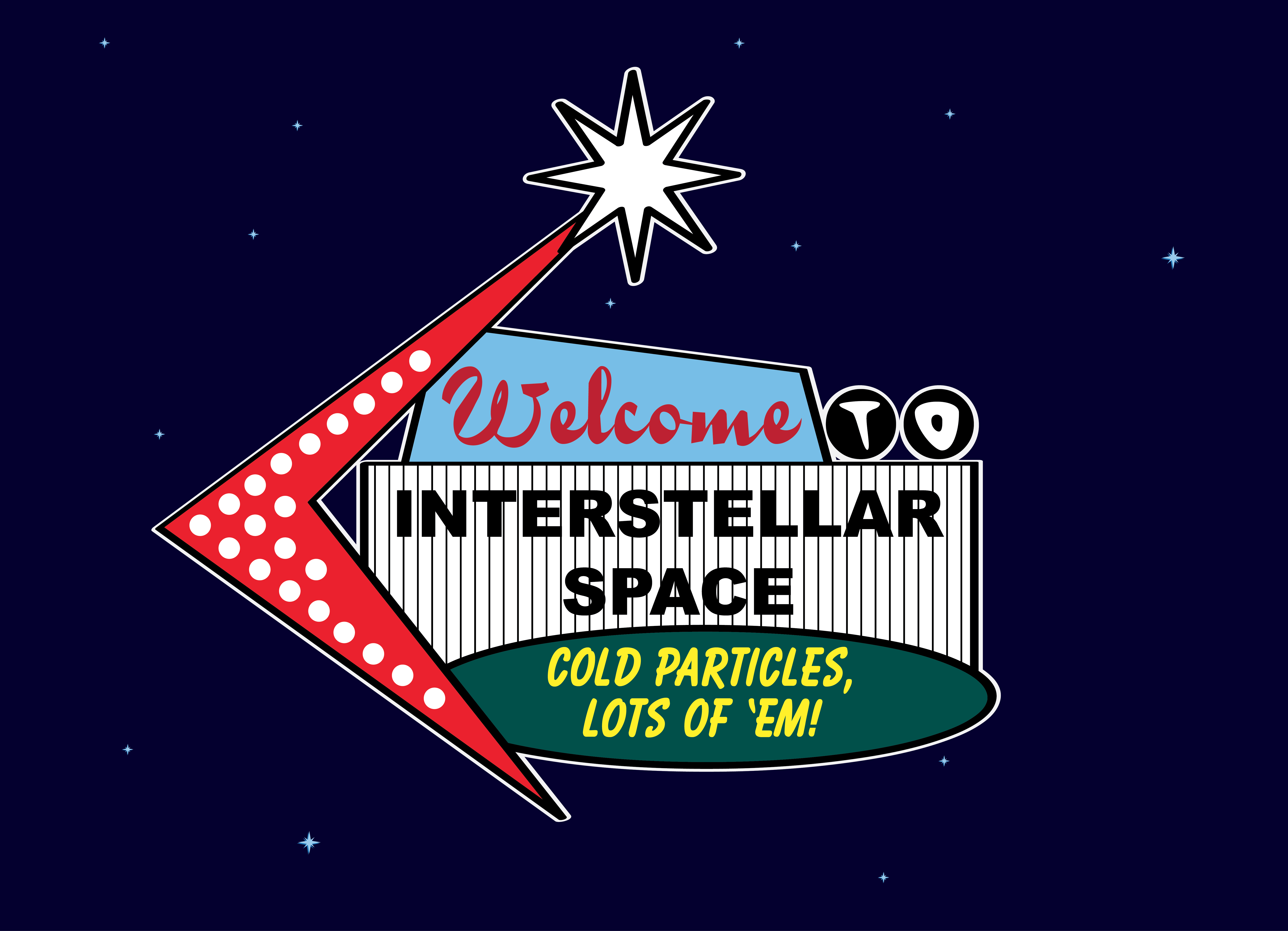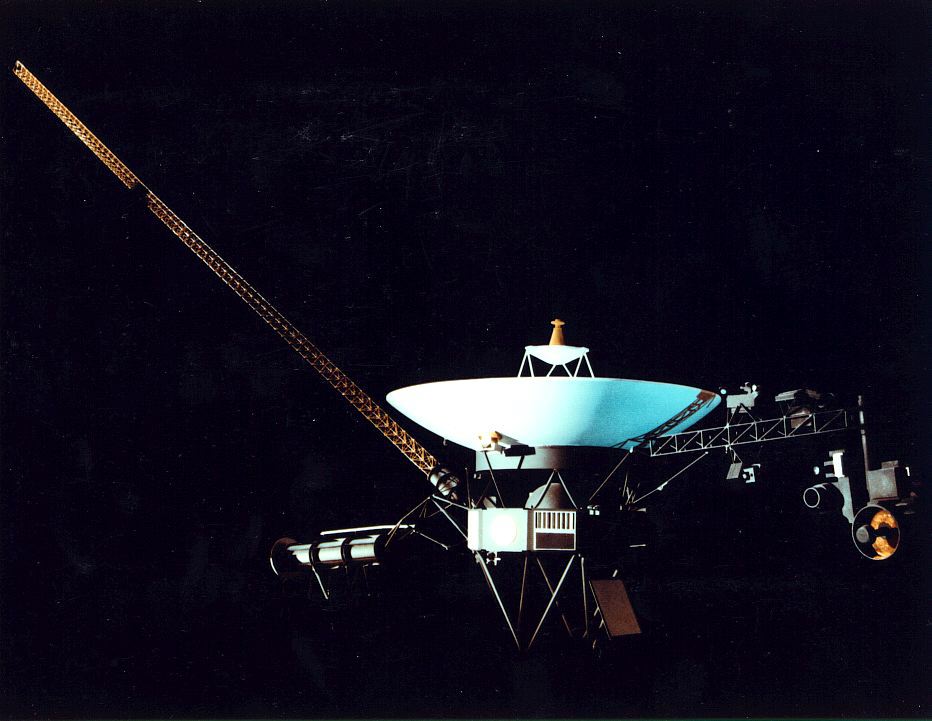What is interstellar space?

At first glance, the answer seems simple. ‘Inter’ means between. ‘Stellar’ refers to stars. “Easy!” you think, “Interstellar space is the part of space that exists between stars.”
Not so fast! Wouldn’t that pretty much mean that all of space is interstellar space?
For interstellar space to be something different, then there must be some defined boundary between the space near a star and the space in between stars. But what is that boundary?
Look to the solar wind!

The solar wind pushes against the particles of interstellar space.
Scientists define the beginning of interstellar space as the place where the Sun’s constant flow of material and magnetic field stop affecting its surroundings. This place is called the heliopause. It marks the end of a region created by our Sun that is called the heliosphere.
The Sun creates this heliosphere by sending a constant flow of particles and a magnetic field out into space at over 670,000 miles per hour. This stream is called the ‘solar wind.’
Like Earth wind, this wind pushes against the stuff around it. What it pushes against are particles from other stars. —pretty much anything that doesn’t come from our own solar system.
How would we know when we’ve arrived in interstellar space?
When it comes to the Sun it’s all about detecting the concentration and temperature of the particles around you.
Inside the heliosphere, the solar particles are hot but less concentrated. Outside of the bubble, they are very much colder but more concentrated.
Once you arrive in interstellar space, there would be an increase of “cold” particles around you. There would also be a magnetic field that does not originate from our Sun. Welcome to interstellar space!





